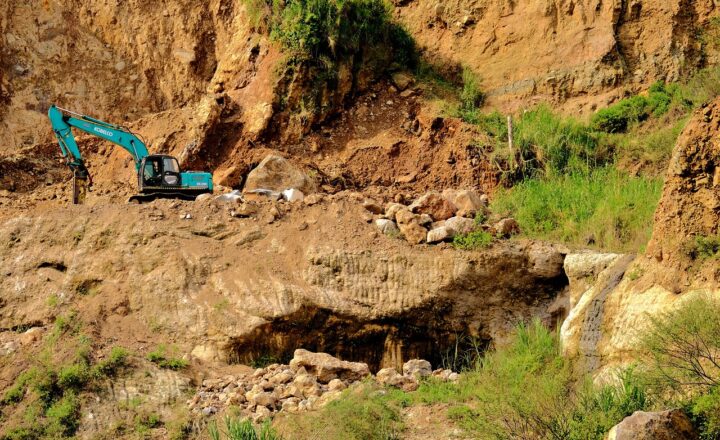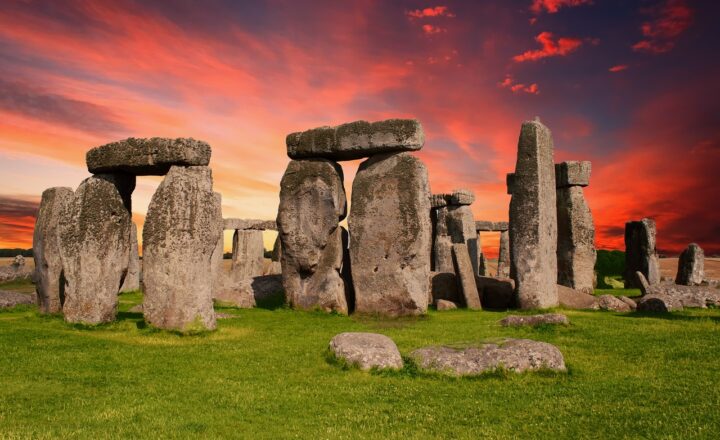Lost Cities Beneath the Ocean: What Archaeologists Are Discovering Underwater
November 15, 2024

The ocean covers over 70% of the Earth’s surface, and beneath its vast waters lie secrets that have captivated the minds of historians and archaeologists alike. Lost cities, submerged civilizations, and remnants of ancient cultures are scattered across the ocean floor, waiting to be uncovered. This article explores some of the most fascinating discoveries of underwater archaeology, revealing how modern technology is aiding in the quest to unveil the mysteries of these lost cities beneath the waves.
1. The Allure of Lost Cities
For centuries, the idea of lost cities has captured the imagination of people around the world. Legends of Atlantis, the famed lost city, have inspired countless tales of advanced civilizations that mysteriously vanished. While Atlantis may be more myth than reality, the discovery of real submerged cities is proving that the ocean holds far more history than we have previously realized.
Submerged cities are often seen as a time capsule, offering glimpses into the lives of those who lived there thousands of years ago. Many of these cities were lost due to natural disasters such as earthquakes, rising sea levels, and volcanic eruptions, forcing their inhabitants to abandon them. Today, underwater archaeologists are utilizing advanced technologies to locate and study these submerged settlements, shedding light on their cultures and historical significance.
2. The Rise of Underwater Archaeology
Underwater archaeology is a specialized field that focuses on the exploration of submerged sites. Traditional archaeological methods are often inadequate for underwater exploration. However, advancements in technology have revolutionized this field, enabling archaeologists to investigate lost cities in ways that were previously unimaginable.
Modern tools such as remotely operated vehicles (ROVs), sonar scanning, and underwater drones play a critical role in mapping and surveying submerged landscapes. Some incredible discoveries have been made using these tools, including the remains of ancient cities that had long been forgotten. Examples include:
- 1. Heracleion (Thonis): Once a thriving port in Egypt, that lay submerged for about 1,200 years before its rediscovery in 2000, revealing temples, statues, and streets of a great city lost to the sea.
- 2. Pavlopetri: Located off the coast of Greece, this archaeological site dates back to around 2800 BC, making it one of the oldest underwater cities. It features intricate streets, buildings, and even a cemetery that have all been preserved underwater.
- 3. Land of the Thousand Islands (Sundarbans, Bangladesh): Ancient remnants of this lost civilization emerged in the waters of the Sundarbans mangrove forest, preserving remnants of homes and farming techniques of this once-thriving community.
These incredible finds speak volumes about the human experience and how civilizations have adapted—or succumbed—to the forces of nature.
3. The Mystery of Heracleion: A Sunken Egyptian City
The ancient city of Heracleion, once Egypt’s most significant port, was rediscovered in the early 21st century, lying approximately 10 kilometers off the coast of Alexandria. It was a bustling hub of trade and commerce, and its rediscovery has unlocked many questions about Egyptian culture and its influences.
Archaeologists have uncovered stunning artifacts, including over 64 shipwrecks, statues of gods, and even an engraved stele inscribed with hieroglyphs. Interestingly, the presence of Greek artifacts suggests a blend of cultures during the city’s prime.
Researchers believe that this city succumbed to a combination of natural disasters, including earthquakes and rising sea levels, leading to its gradual sinking into the Mediterranean Sea.
The recovery efforts in Heracleion are ongoing, and what has been revealed so far continues to reshape our understanding of ancient Egypt’s trade networks, religious practices, and daily life.
4. Pavlopetri: The World’s Oldest Underwater City
Pavlopetri, off the coast of Laconia in Greece, is regarded as the oldest known underwater city, dating back to around 2800 BC. The town is remarkably well-preserved, with visible streets, buildings, and even a cemetery. Unlike many submerged cities, which might consist of isolated ruins, Pavlopetri offers a web of interconnected structures that tell a story of a vibrant and organized community.
Excavations reveal details of advanced urban planning for its time, including public spaces, houses, and a robust water management system that illustrates the ingenuity of early civilizations. The loss of Pavlopetri is attributed to steady sea-level rise and natural tectonic shifts.
Recent studies have demonstrated that this city played a vital role in the Bronze Age trade routes, connecting various cultures within the region.
5. Science and Technology: The Tools of Discovery
The advent of technology has been instrumental in transforming underwater archaeology from a labor-intensive process into a strategic scientific endeavor. Some tools include:
- Sonar Technology: Sonar mapping allows archaeologists to create detailed maps of submerged terrain, identifying shipwrecks, structures, and landscapes without disturbing the site.
- ROVs and AUVs: Remotely operated vehicles and autonomous underwater vehicles can explore deep waters with cameras and sensors, providing visual and environmental data that was previously unreachable.
- 3D Imaging: 3D digital reconstructions help visualize submerged cities, making it easier for researchers to study layouts and relationships between structures.
These technologies not only aid in exploration but also contribute significantly to the preservation of sites, allowing archaeologists to document findings without direct interaction.
6. Climate Change and Its Impact on Underwater Archaeology
Today, climate change poses a dual threat to underwater archaeology. Rising sea levels and increased flooding may destroy delicate archaeological sites. Conversely, as new sites resurface or become exposed due to changing shorelines, opportunities arise to study previously unseen artifacts and structures.
Sites thought to be lost forever may resurface, creating possibilities for new discoveries. Therefore, archaeologists face the challenge of not only exploring and preserving existing sites but also responding proactively to the effects of climate change on underwater heritage.
Conclusion: Unearthing Our Past
The exploration of lost cities beneath the ocean serves as a powerful reminder of the richness of human history and our connection to the past. The findings reveal the intricacies of ancient civilizations, adding depth to our understanding of human artistry, innovation, and adaptation.
As archaeologists continue to push the boundaries of what is possible with modern technology, we can expect ongoing discoveries that will further illuminate the lives of those who came before us and the remarkable legacies of their civilizations. Ultimately, the lost cities of our oceans not only tell the stories of human achievement but also underscore the importance of preserving our cultural heritage for future generations to explore.







